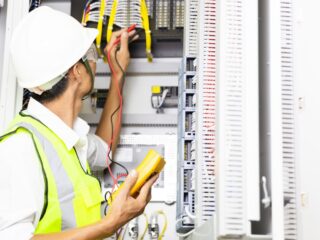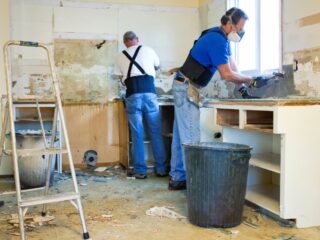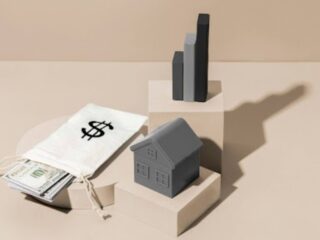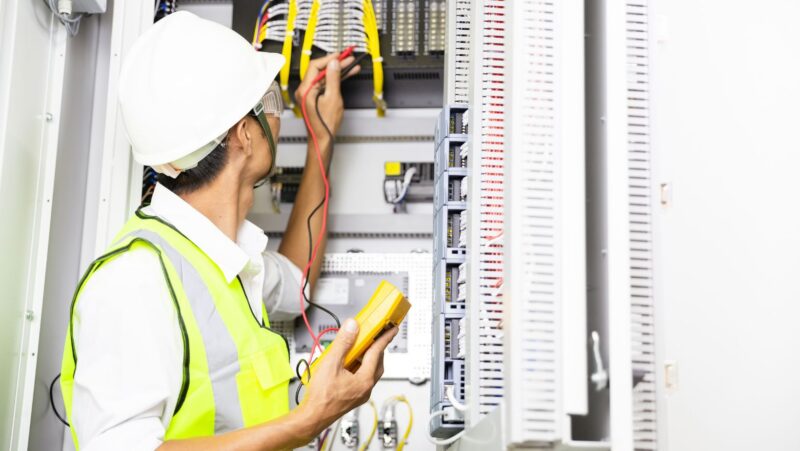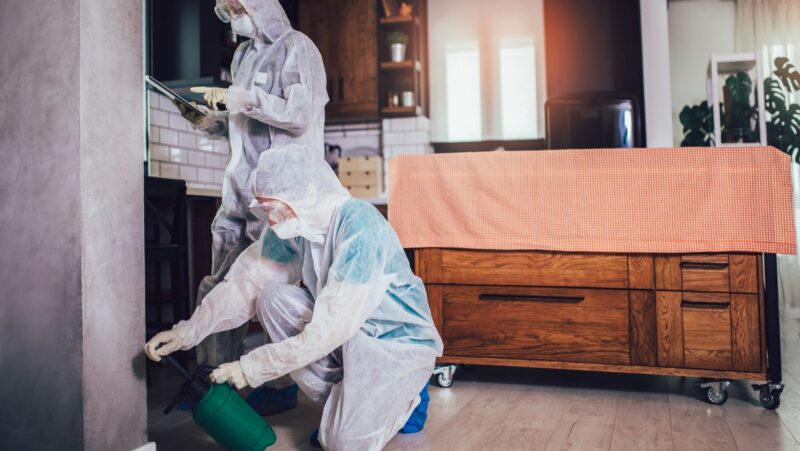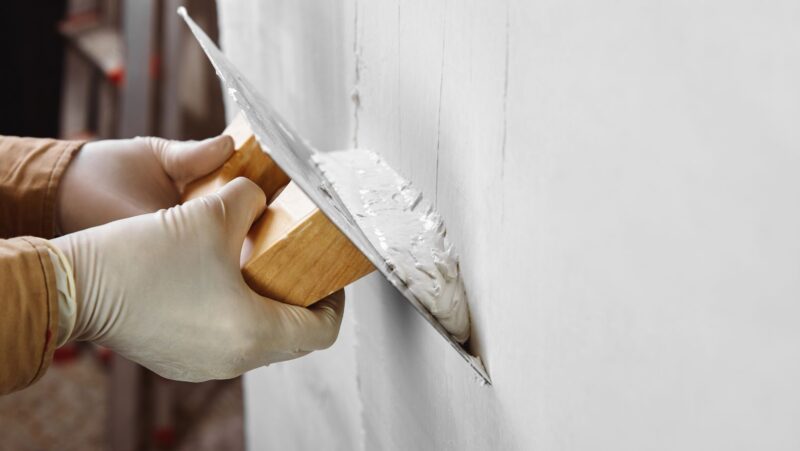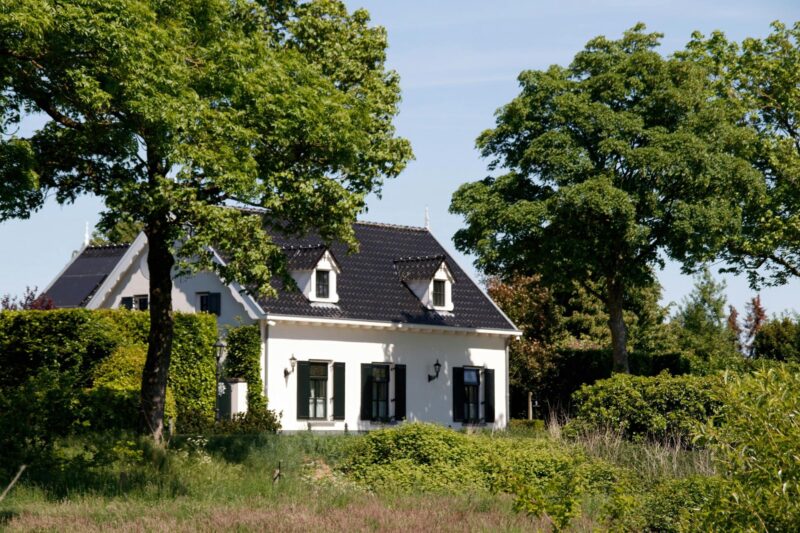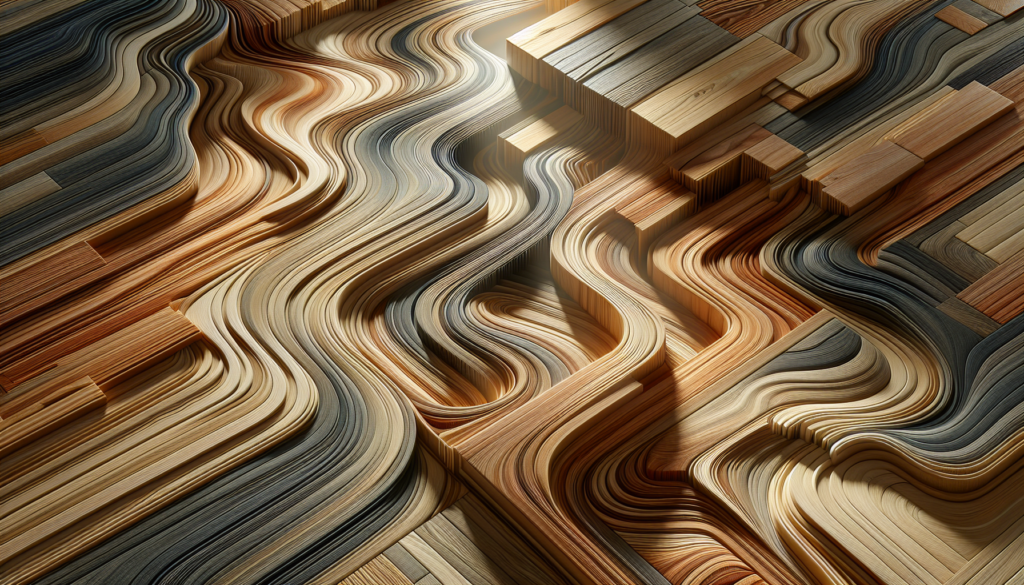
Selecting the perfect flooring is crucial for any home improvement project, impacting both aesthetics and functionality. Engineered hardwood flooring has emerged as a popular choice due to its durability and versatility. Homeowners are increasingly turning to this option for its practical benefits and stylish appeal.
When embarking on a home renovation journey, choosing the right flooring material can make all the difference in achieving your desired outcome. Among the myriad of options available, engineered hardwood has gained attention for its blend of beauty and resilience. As more people seek solutions that offer both practicality and design flexibility, engineered hardwood continues to stand out as a top contender. For those considering their flooring options, you can find here an array of resources and expert opinions.
Features of Engineered Hardwood Flooring
Engineered hardwood flooring is a unique blend of natural wood and man-made materials, offering the look of real wood with enhanced durability. It consists of multiple layers, with a top layer of genuine hardwood veneer bonded over layers of high-density fiberboard or plywood. This construction method gives it stability and resistance to warping, unlike traditional hardwood floors.
Unlike solid hardwood, which is milled from a single piece of wood, engineered hardwood is designed to withstand moisture and temperature variations more effectively. Its layered construction provides greater strength and stability, making it suitable for installation in areas like basements or rooms with fluctuating humidity levels. This makes it an ideal choice for homeowners seeking long-lasting flooring solutions that don’t compromise on appearance.
The versatility of engineered hardwood extends beyond its structural advantages. It allows for a wide range of design options, including different wood species, finishes, and plank sizes. Whether you prefer a classic oak finish or the rich tones of mahogany, engineered hardwood can complement any interior style, offering endless possibilities for customization.
Why Engineered Hardwood Flooring?
Engineered hardwood’s durability is one of its most compelling features. Its multi-layered composition gives it superior strength, enabling it to withstand heavy foot traffic without showing signs of wear. Moreover, its surface can be sanded and refinished multiple times over its lifespan, ensuring that your floors maintain their beauty for years.
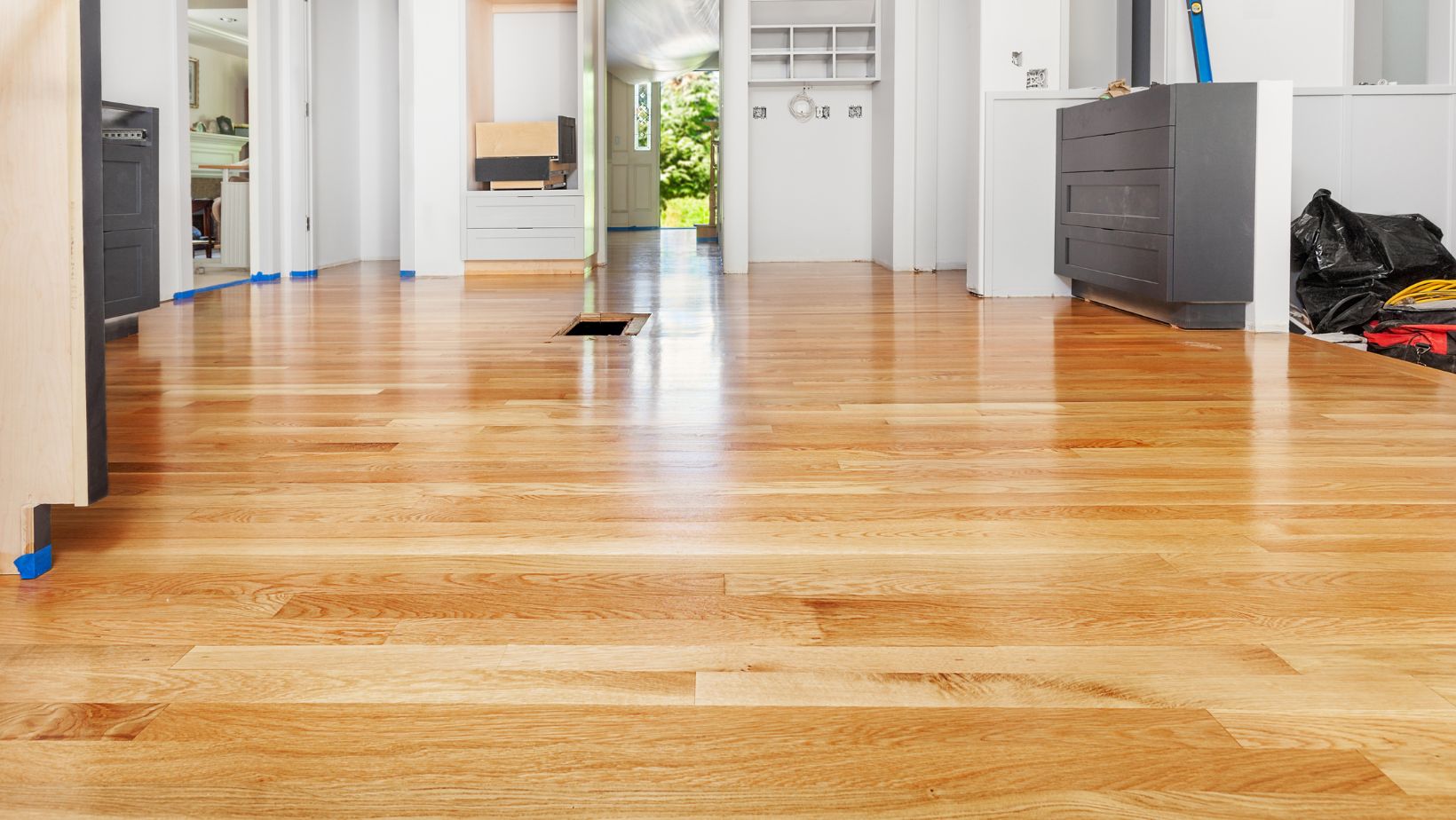
In terms of cost-effectiveness, engineered hardwood often presents a more economical choice compared to solid hardwood. It delivers comparable aesthetic appeal without the higher price tag associated with traditional wood floors. This cost efficiency makes it an attractive option for budget-conscious homeowners looking to achieve luxury finishes without excessive spending.
The material’s resistance to moisture and temperature changes further enhances its practicality. Unlike solid wood, which can swell or contract with climate fluctuations, engineered hardwood remains stable under varying conditions. This characteristic makes it suitable for kitchens, bathrooms, and other areas where moisture might be a concern.
Installation and Maintenance Tips
One of the advantages of engineered hardwood is its relatively straightforward installation process. Many homeowners opt for a DIY approach thanks to its user-friendly tongue-and-groove system. Floating installations are also possible, where the planks click together without being glued or nailed down, saving time and effort during setup.
To maintain your engineered hardwood floors in pristine condition, regular cleaning is essential. Sweeping or vacuuming to remove dirt and debris will prevent scratches on the surface. Occasionally using a damp mop with a manufacturer-recommended cleaner will help preserve the floor’s finish without causing damage.
Avoid excessive water exposure as it can seep into seams and cause damage over time. Using area rugs in high-traffic zones can also extend the life of your flooring by minimizing wear patterns. With proper care and maintenance, engineered hardwood floors can retain their elegance for decades.
Comparing Flooring Options
When evaluating flooring options like luxury vinyl plank (LVP) against engineered hardwood, it’s important to consider each material’s unique benefits. LVP offers exceptional durability with its water-resistant properties, making it a strong candidate for bathrooms or kitchens. However, it may not replicate the authentic look and feel of wood as effectively as engineered options.
Engineered hardwood provides a more genuine wood appearance while offering similar stability underfoot compared to LVP. Its ability to be refinished adds longevity not typically found in vinyl alternatives. Choosing between these materials often depends on personal priorities such as budget constraints or specific room requirements.
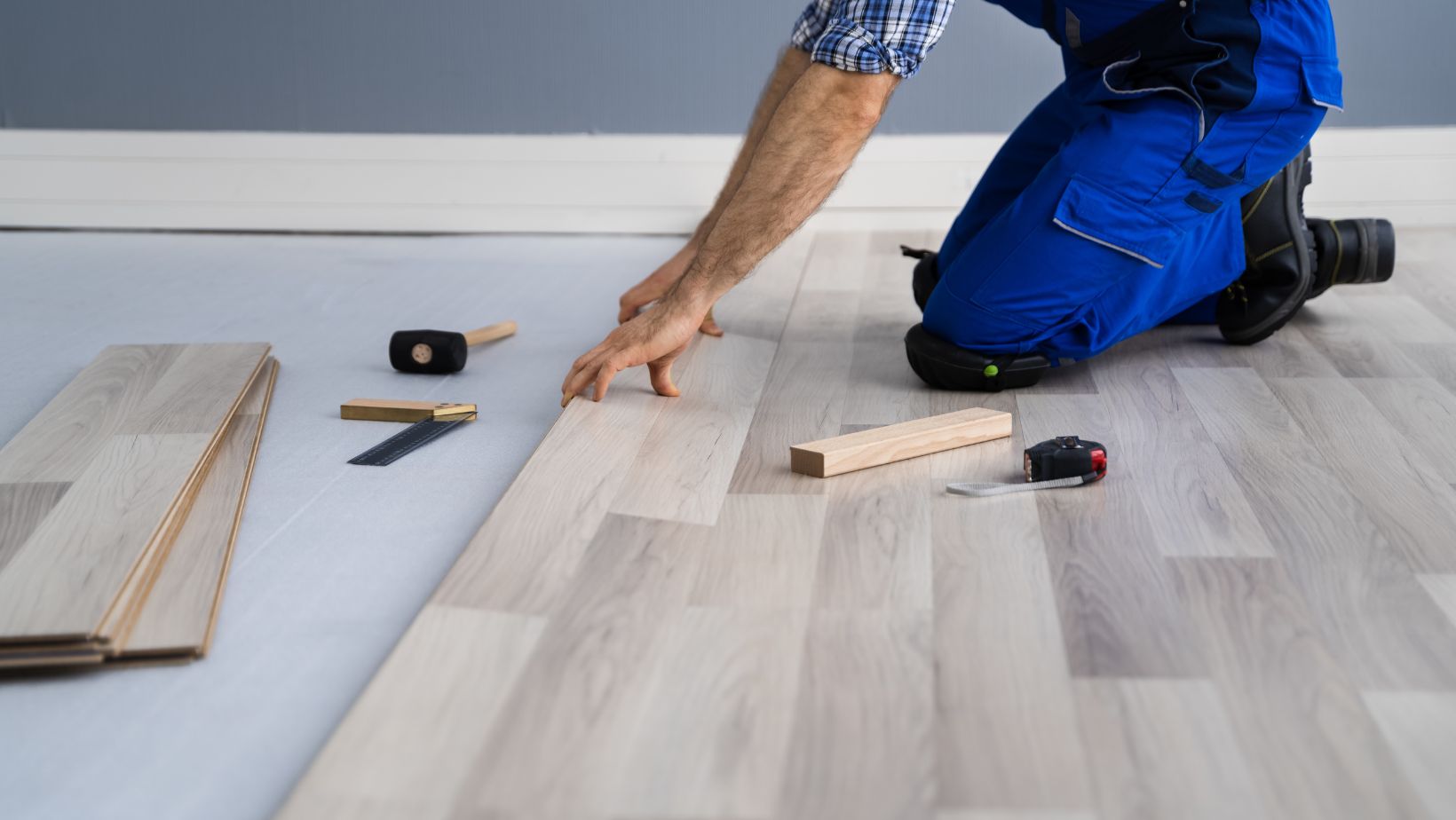
Acknowledging both advantages and drawbacks allows you to make informed decisions that align with your home’s needs and aesthetic goals. Consulting with professionals or visiting showrooms can offer further insight into how each type performs in real-world settings.
Selecting the Right Engineered Hardwood for Your Home
When choosing engineered hardwood for your home, it’s essential to consider factors like color palette and finish type that complement your interior decor style. Light-colored woods can create an airy feel in smaller spaces while darker hues add warmth and richness to larger rooms.
The finish is another crucial aspect; whether you prefer matte finishes for their understated elegance or glossy ones for their vibrant sheen will influence your final decision significantly. Additionally, plank size should match both room dimensions and personal preference – wider planks tend to suit larger areas by reducing visible seams while narrower ones may enhance intricate designs in smaller spaces.
By carefully evaluating these elements alongside practical considerations such as maintenance requirements or environmental impact, choices become clearer regarding which product aligns best with overall vision expectations surrounding renovation projects involving floor upgrades within residential environments today!

